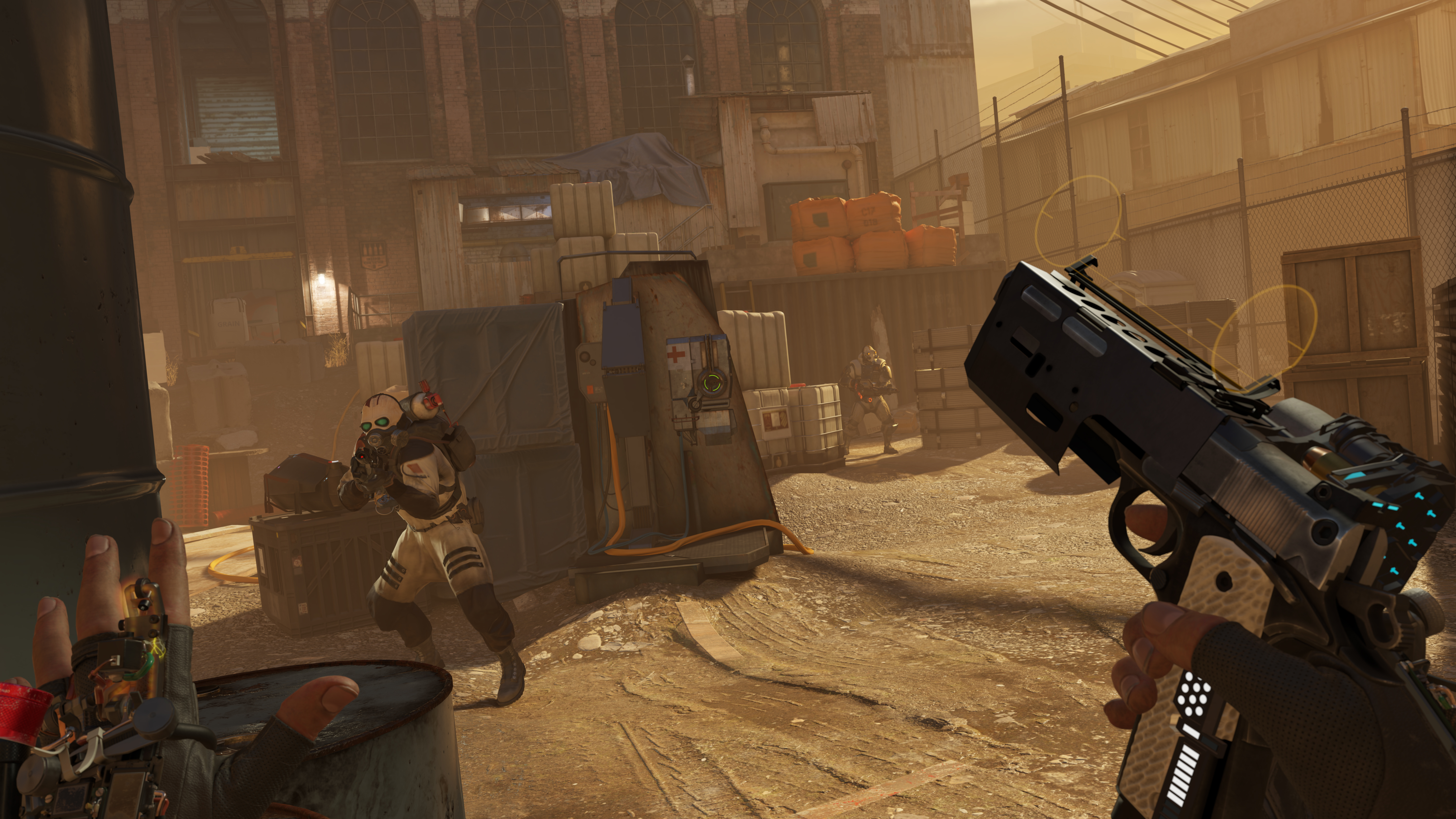
The second son of a typically large family, he was actually named Zia-ul-Haq Zia. Khorasani was born in the district of Sawkay, or Chawkay, in Kunar, eastern Afghanistan, on Dec. He had been an outsider for much of his life and no amount of time in jail could smooth the chip on his shoulder.
#BRUTAL HALF LIFE SOURCE SKIN#
Given the odds stacked against him, a less obdurate man might have spent those final few hours before the Taliban’s victory trying to save his own skin by asking for the other prisoners’ forgiveness. The vast majority of them were Taliban commanders who hated Khorasani and everything he espoused. Only a fraction of the 1,500 or so inmates were affiliated with the Islamic State, however. Directorate 40 held the most senior insurgents left in Afghanistan’s prison system and, in many cases, their wives and children as well. Every day since then his feelings of anger and humiliation had steadily grown. Hundreds of his men had died or been forced into hiding, and in spring 2020, he had been arrested. Under Khorasani’s leadership, the Islamic State’s Afghanistan chapter had been locked in a brutal, low-level civil war against the Taliban for years, only to be defeated and pushed to the brink of irrelevance. It was this characteristic that made him a dead man walking. Although he saw himself as a soldier, he would be better described as an ideologue who liked to intellectualize the horrific violence he unleashed. He loved to read and write and frequently lost himself in the labyrinth of his own thoughts. In truth, there was something of the philosophical sadist about Khorasani, and he was able to cope better than most with life in prison. He looked a decade older than his 37 years, but his mind was still sharp and his sense of purpose undimmed. His naturally wiry build had given way to a slight paunch and a solid, muscular physique his hair was heavily receded at the front and hung down at the back in long, lank curls that spilled toward his shoulders. Khorasani had been in Directorate 40 for 10 months and, though he had not been tortured like other prisoners held before him in the custody of the intelligence service, confinement had taken its toll. Instead, he regarded the Americans’ withdrawal as an opportunity to reignite his own armed struggle, either back on the battlefield himself or as a martyr whose death would inspire other Muslims to rise up in his name. Nor did he think it was likely to bring him freedom. That morning it did not even cross his mind that the Taliban’s victory might bring an end to Afghanistan’s suffering. There was just one problem: The man at the top of their hit list knew they were coming for him.Īs the leader of the Islamic State in South and Central Asia, Abu Omar Khorasani took a certain satisfaction from being the most feared and despised prisoner in Directorate 40. Embassy and NATO’s headquarters, near where the Taliban hung the butchered corpse of the former communist president Mohammad Najibullah when they first took power in 1996, it was a fitting location from which to start settling old scores. Located close to the Ministry of Defense, the U.S. Locals knew it only as another set of nondescript buildings hidden behind a high perimeter wall. Officials in the crumbling U.S.-backed government referred to the jail as Directorate 40. The first stage of their plan centered on a prison in Kabul’s heavily fortified diplomatic zone and was scheduled to unfold the same day the Afghan capital fell. This time they would do their killing in the shadows.



But with success now assured and their greatest enemy in retreat, they were already switching focus to another, more insidious, threat: their fellow Muslims in the Islamic State group. For 20 years the Taliban had been waging an insurgency in the name of jihad against foreign occupation. troops were still sheltering at Kabul airport, waiting for the war to end, when the purge began.


 0 kommentar(er)
0 kommentar(er)
